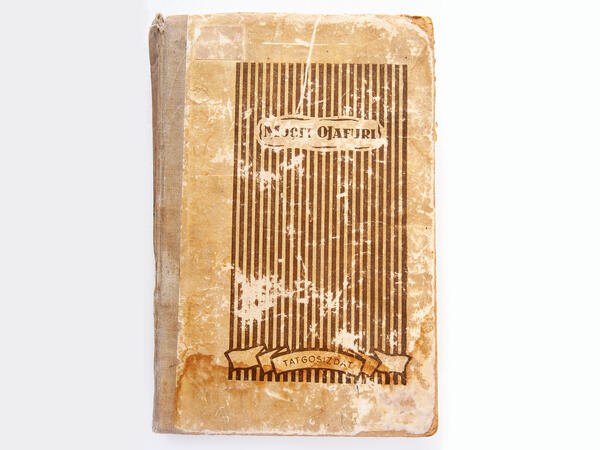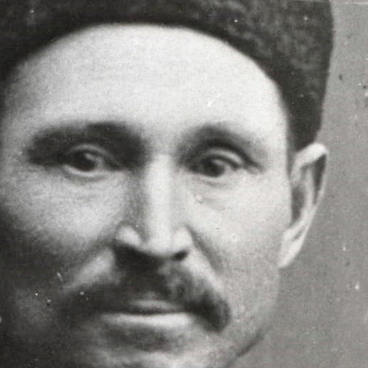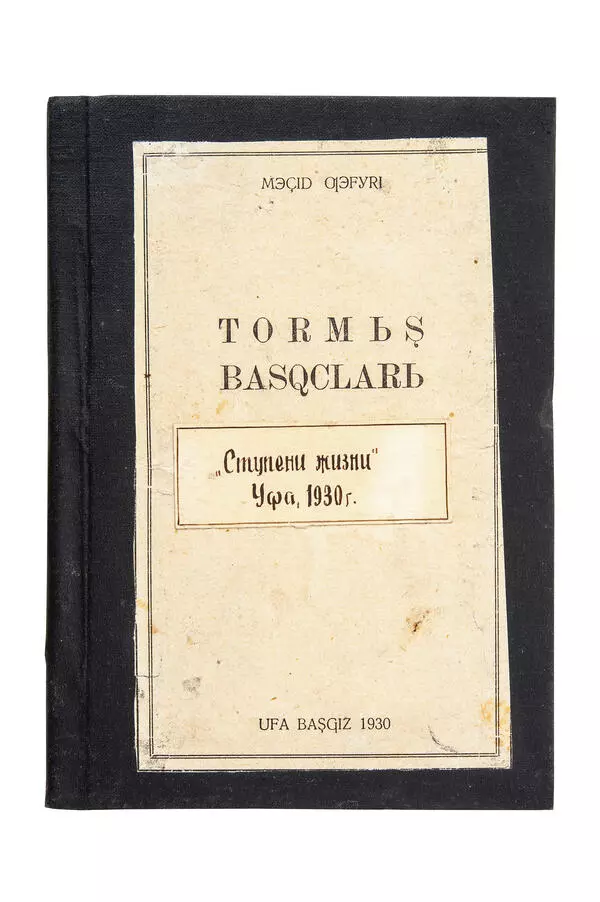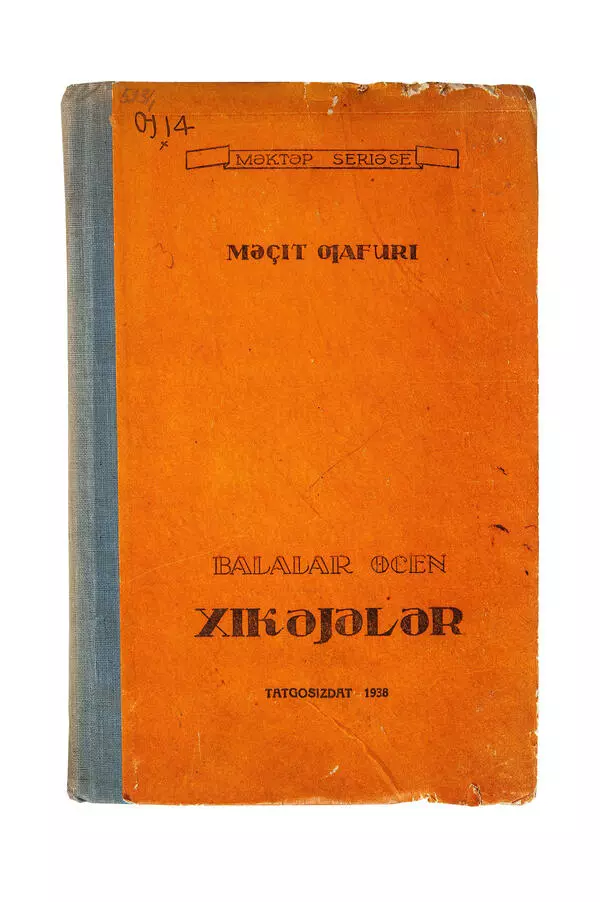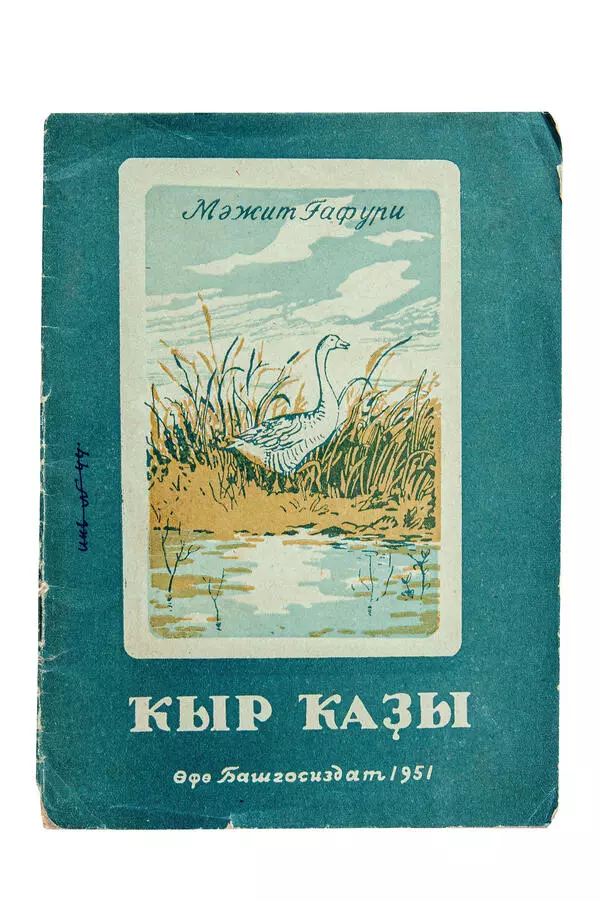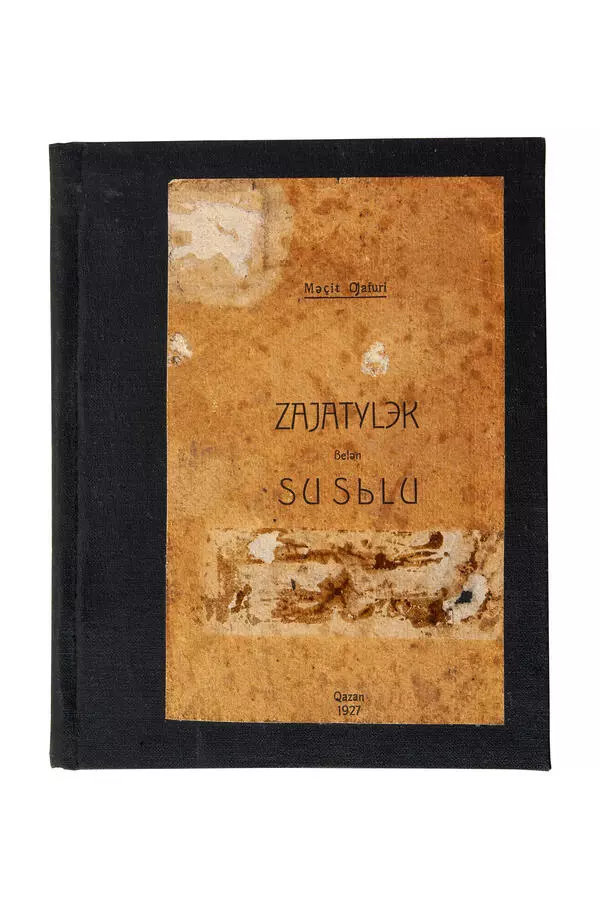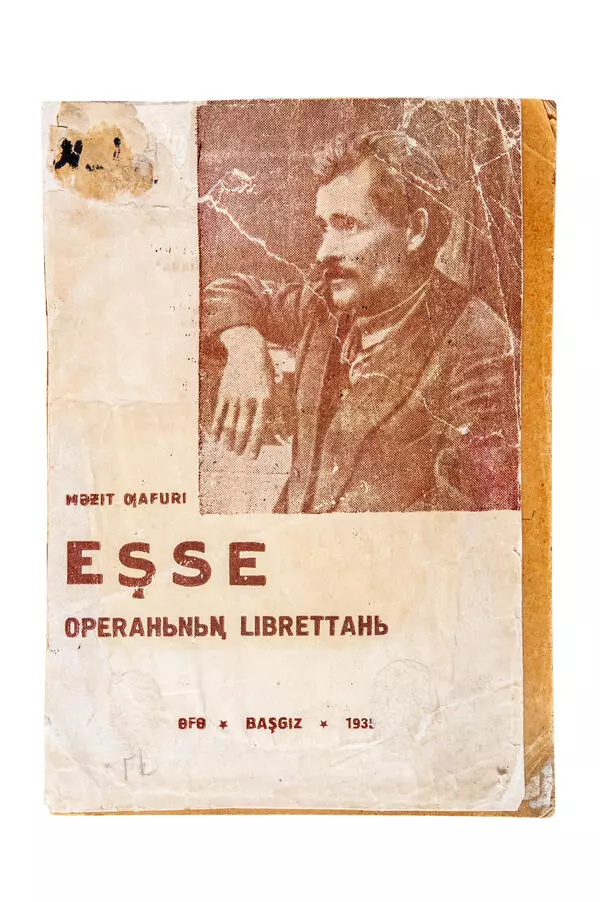Majit Gafuri is the first classic author of Bashkortostan. His works had a great influence on national literature and reflected the sentiments of the most progressive strata of the population at the beginning of the 20th century. Gafuri left a rich literary legacy. In his works he strove to reflect democratic tendencies and sentiments, caused by the first Russian revolution. It was an important step for the Bashkirs and Tatars. They regarded the creation of national literature as a part of the struggle against ignorance and the unenviable position they had under autocracy.
Gafuri was born in the family of a village teacher and from an early age was interested in culture and folklore. He loved to listen to folk tales and legends, many of which formed the basis of his works. In his youth, Gafuri studied literature, history, geography, as well as Arabic, Turkish, Iranian and Russian languages. He published his first book, ‘Siberian Railway, or the State of the Nation’, in 1904. The revolutionary events of 1905 inspired him to create ‘Poems of Joy’ and the story ‘The Year of Famine, or the Sold Girl’, in which he raised the topic of female sexual slavery. Because of his radical views, the poet had to hide in the Kazakh steppes. He was persecuted until 1917.
The book ‘Selected Works’ was published in Kazan in 1939. Musa Dzhalil, a Tatar poet and journalist who grew up on Gafuri’s lyrics, wrote the foreword to the book. It consists of three parts: ‘Poems’, ‘Fables’, ‘Stories’. The publication was given to the museum in the 1960s.
It is one of the last books of the poet, published in Latin characters. Later, Majit Gafuri’s books were published in Cyrillic characters, in Russian, Bashkir and Tatar. The Bashkir writing system has changed its graphic base several times over the years of its existence. After the Old Turkic written language the Latin alphabet was used since 1928 till 1940. This alphabet was worked out by the Committee of the New Bashkir Alphabet and consisted of 37 letters. Since 1941, Bashkir people have been using the Cyrillic alphabet, which is the modern Russian alphabet.
Gafuri was born in the family of a village teacher and from an early age was interested in culture and folklore. He loved to listen to folk tales and legends, many of which formed the basis of his works. In his youth, Gafuri studied literature, history, geography, as well as Arabic, Turkish, Iranian and Russian languages. He published his first book, ‘Siberian Railway, or the State of the Nation’, in 1904. The revolutionary events of 1905 inspired him to create ‘Poems of Joy’ and the story ‘The Year of Famine, or the Sold Girl’, in which he raised the topic of female sexual slavery. Because of his radical views, the poet had to hide in the Kazakh steppes. He was persecuted until 1917.
The book ‘Selected Works’ was published in Kazan in 1939. Musa Dzhalil, a Tatar poet and journalist who grew up on Gafuri’s lyrics, wrote the foreword to the book. It consists of three parts: ‘Poems’, ‘Fables’, ‘Stories’. The publication was given to the museum in the 1960s.
It is one of the last books of the poet, published in Latin characters. Later, Majit Gafuri’s books were published in Cyrillic characters, in Russian, Bashkir and Tatar. The Bashkir writing system has changed its graphic base several times over the years of its existence. After the Old Turkic written language the Latin alphabet was used since 1928 till 1940. This alphabet was worked out by the Committee of the New Bashkir Alphabet and consisted of 37 letters. Since 1941, Bashkir people have been using the Cyrillic alphabet, which is the modern Russian alphabet.

